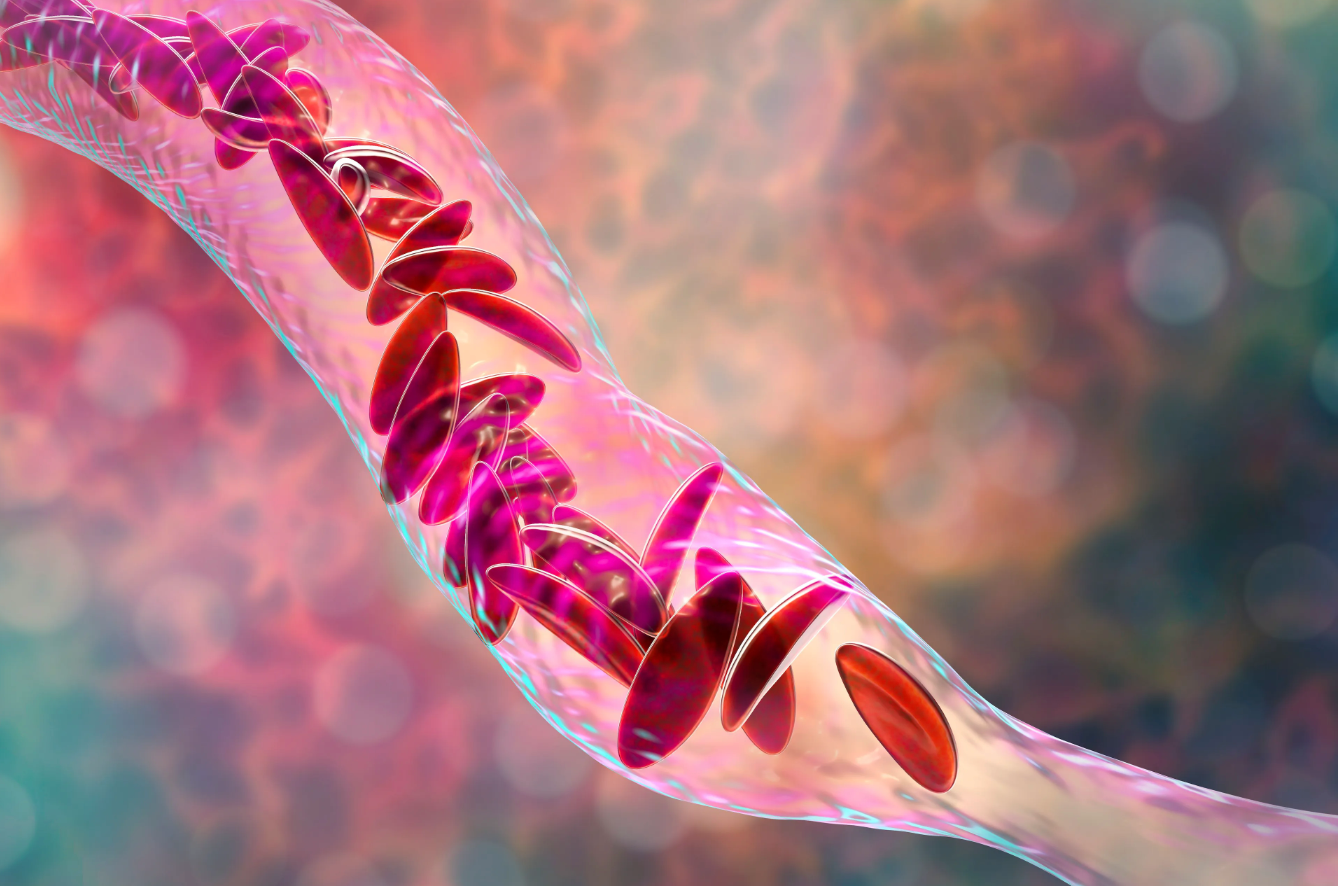News
Video
2023 President of the American Society of Hematology Discusses Sickle Cell Disease Treatments for the 65th ASH Annual Meeting
Author(s):
The president highlights a new curative treatment option for sickle cell disease while also expanding on the changing treatment landscape for hematologic conditions.
Pharmacy Times is pleased to be joined by Robert A. Brodsky, MD, the 2023 president of the American Society of Hematology (ASH) and a professor of medicine at Johns Hopkins University School of Medicine, Baltimore, Maryland, at the 65th ASH Annual Meeting & Exposition, which is taking place December 9-12, 2023, in San Diego, California. Brodsky will discuss the topics taking center stage at this year’s meeting, highlighting new innovations and therapeutic approaches that are prolonging survival in patients with conditions that were once considered incurable.
PT Staff: What are you excited to showcase at this year’s ASH Annual Meeting?
Robert A. Brodsky, MD: This is going to be a very exciting meeting, and it's hard to pick one area. It's probably going to be the largest ASH meeting ever; we're expecting over 30,000 people [and] we had a record number of abstracts, close to 8000 abstracts.
So there's something for everyone at this meeting. So you might be interested in the first drug ever for hereditary hemorrhagic telangiectasia (HHT), a bleeding disorder that is really problematic and really impacts quality of life (QOL) and possibly survival. A big randomized controlled trial showing pomalidomide is very effective in this disorder. There is an all-oral therapy for acute promyelocytic leukemia— you know, not only are we not using chemotherapy drugs, but [with] these all-oral drugs, you don't need to spend a lot of time in the hospital anymore.
Emicizumab (Hemlibra; Genentech), is a bispecific drug that's very effective for hemophilia, but it hasn't been tested in infants with the disorder— we kind of waited until later to treat them. [But] a study shows that you can safely treat infants with this and prevent complications.
Image credit: Dr_Microbe | stock.adobe.com

And now [there’s] a widely available cure for sickle cell disease, how about that one?! Haploidentical bone marrow transplant was done (this was done in a large trial across the United States with 30 different centers). So you no longer need a perfectly matched sibling, and the cure rate is 90%. It's also 10 times cheaper than gene therapy, and this is available now. There is a something called a Wiz transcription factor that is very important for hemoglobin switching, and so this is kind of the future. [While] bone marrow transplants and gene therapy offer possible cures for sickle cell disease, it would be really nice to have a drug. This (Wiz) is a real feat because they drugged what is often considered the undruggable transcription factors, which are very hard to drug, and effectively did this.
PT Staff: What would you like to highlight about the theme of this year’s meeting?
Robert A. Brodsky, MD: I think the theme of this meeting is there isn't a theme. It's everything. Meaning there is stuff for basic scientists that this meeting. There is stuff for people interested in drug development and pharmacology and new drugs. There are practice-changing clinical trials. There's incredible stuff related to hemostasis, thrombosis, pediatric hematology, malignancies, hematology, you name it. If you're interested in an area hematology, it'll be at this meeting. It just amazes me— every year, I'm like, “How are we going to find a meeting to beat last year’s?” And there's so many advances and the pace and speed of the advances in hematology just continue to amaze me.
PT Staff: What is the state of treatment for sickle cell disease and how has it changed from years’ past?
Robert A. Brodsky, MD: This has been an area that had been certainly hasn't hadn't received enough attention until recently. And SH has made a big commitment to funding and promoting and helping develop sickle cell not treatments, not only in the United States, but around the world. And one of the fascinating abstracts that you're going to hear is on the plenary session; it [describes] the use of fixed dose hydroxyurea and adjusting it after the first couple of doses in Sub Saharan Africa.
The impact that had (and the compliance rate) were just unbelievable, showing that you can do this in low-resource countries and have a major impact on health care. In the United States, most sickle cell patients will get through their pediatric lifespan [but] in some of these low resource areas, they don't even get through the first decade of life. This has this is going to have a huge impact on low-resource areas.
So that's one. Again, we heard of approaches we didn't even think about a while ago. Now, the advances in bone marrow transplant have been so incredible. To be able to offer a therapy that has a 90% cure rate for sickle cell disease, and to be able to do it today— I mean, we can do this today! There's lots of curative options now, but this is really exciting because it's so available and so much cheaper than the gene therapy and gene editing approaches.
There is also the science that's going behind the sickle cell and new drug development that's coming out. I think you'll hear some of the new drugs that are being studied because not everyone needs, or can get, a bone marrow transplant. We're coming at it from every angle, we're coming at it from the healthcare disparities issue, we're coming at it from the curative approaches, we're coming at it from the basic science, and we're coming at it from the drug therapy.
There's still a lot of progress that needs to be made, but the future is very bright for really having a massive impact on sickle cell disease.





